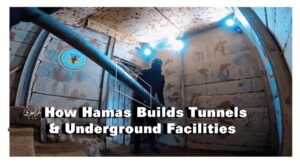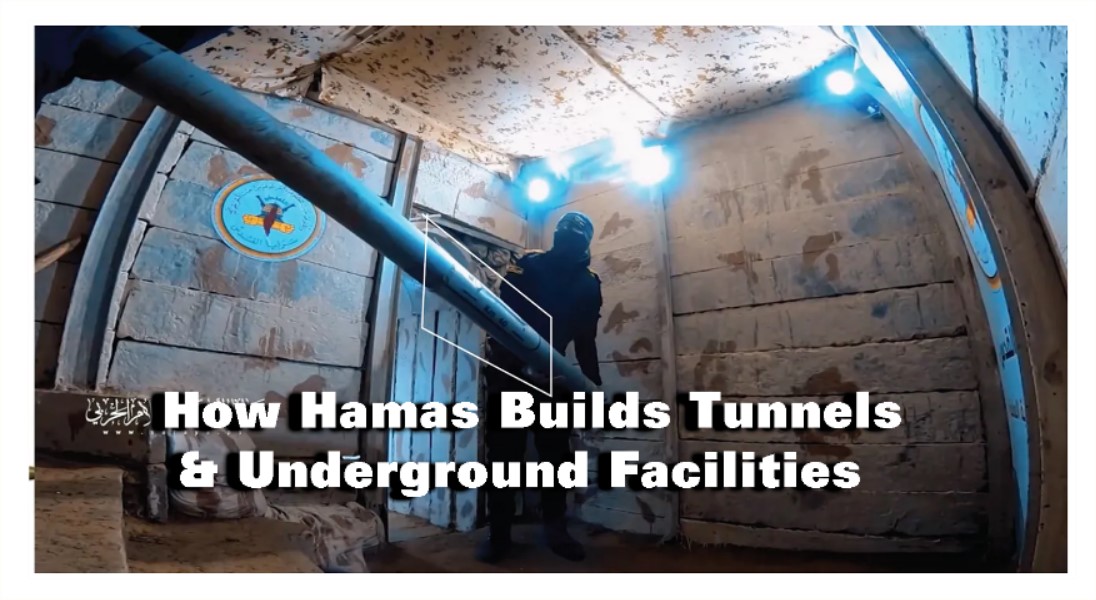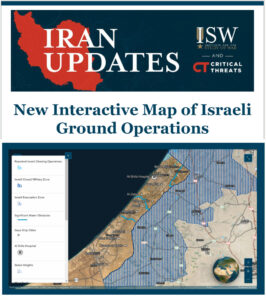 Hamas tunnels use different tunneling methods, ranging from simple manual strategies to slightly advanced methods like forepolling and drilling blasts. They also employ reinforced concrete to support the underground structures, which are divided into approximately 7 to 8 levels deep underground. These tunnels are intentionally dug deep to protect against bunker-buster bombs like the one mentioned. The network comprises an estimated 1,300 tunnels, spanning a total length of around 500 kilometers which translates to 310 miles. Some of these tunnels delve as deep as 70 meters (230 feet) underground. Reports indicate that most of the tunnels are merely two meters high and two meters wide.
Hamas tunnels use different tunneling methods, ranging from simple manual strategies to slightly advanced methods like forepolling and drilling blasts. They also employ reinforced concrete to support the underground structures, which are divided into approximately 7 to 8 levels deep underground. These tunnels are intentionally dug deep to protect against bunker-buster bombs like the one mentioned. The network comprises an estimated 1,300 tunnels, spanning a total length of around 500 kilometers which translates to 310 miles. Some of these tunnels delve as deep as 70 meters (230 feet) underground. Reports indicate that most of the tunnels are merely two meters high and two meters wide.
- The terrorist organization Hamas operates an extensive and sophisticated tunnel system to transport weapons, store supplies, and train operatives. The network zigzags for hundreds of miles under the Gaza Strip and across the Egyptian and Israeli borders. Tunnels can run up to 230 feet deep, about the height of a 20-story building. Iran-backed Hamas used tunnels to infiltrate Israel during previous conflicts in 2006 and 2014.
Above ground, Gaza is one of the most densely populated places on Earth, with 2 million people living in just 140 square miles.
The tunnel system, referred to by some as the Gaza Metro because of its reach and sophistication, also runs under one of the most densely populated areas on earth—more dense than the sites of urban fighting American forces faced in Iraq. Any effort to enter or take apart the tunnels will inevitably lead to destroying civilian sites and infrastructure above ground—and the deaths of innocent civilians. All of this makes it harder for Israel to randomly bomb, seal off or attack stretches of the network.
Hamas in 2021 claimed to have built 500 kilometers (311 miles) worth of tunnels under Gaza, though it is unclear if that figure was accurate or posturing. If true, Hamas’ underground tunnels would be a little less than half the length of the New York City subway system.
“It’s a very intricate, very large – huge – network of tunnels on a rather small piece of territory,” said Daphne Richemond-Barak, a professor at Israel’s Reichman University and expert on underground warfare.
It’s unclear how much the tunnel network was financed by Iran, Qatar or other sources, Hamas which governs the impoverished coastal strip. The figure is likely significant, both in terms of manpower and capital.
Several gateways are even believed to be in al-Shifa Hospital, Gaza’s main medical center that is also serving as a shelter for displaced Palestinians, a claim Hamas has denied.
The tunnels are an extensive blind spot for Israel, where Hamas fighters can engage in guerrilla warfare and avoid Israeli airstrikes in shafts that go as deep as 130 feet.
The tunnels are also the ideal route to transport weapons and hostages.
SEE 2003 REPORT TEN THINGS TO KNOW ABOUT HAMAS TUNNELS




